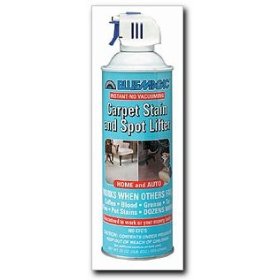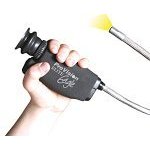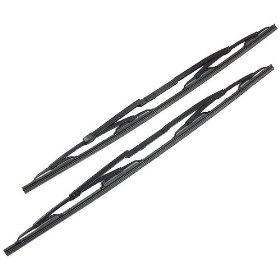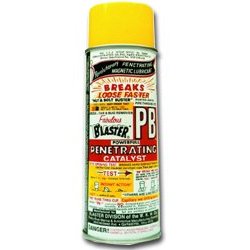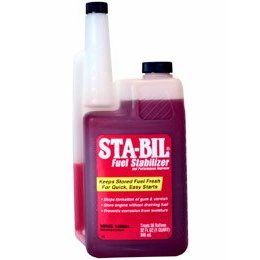 |

1953 Willys Aero Eagle
|
More 1953 Willys Aero's
For Sale,
Parts,
Repairs,
How To Fix,
Manuals,
Online Store,
Videos,
Images,
Restorations,
Shows,
Events,
Auctions,
Classifieds,
Clubs,
News,
Blogs,
Forums,
Magazines,
Die Cast Models
|
$21,995.00
|
| Address: Kennebunkport, ME | |
Mileage: 53,000 | |
| Exterior Color: Blue and Light Blue |
| Interior Color: Blue and Gray | |
Body Style: 2 Door Sport Coupe | |
| Car Class: COLLECTOR | |
|
Contact Me...
|
|
|
Super rare, top-of-the-line 1953 Willys Aero Eagle two-door hardtop. Perhaps the finest surviving example on the planet! When was the last time you saw a Willys car??? Much less a top of the line model in this condition? Everything about this car is first-rate. It gets thumbs up where-ever you go., Our car is a totally rust free, and impeccably restored car. The engine compartment and the undercarriage are gleaming. The interior is perfect and the exteror paint and chrome is show-quality. There is one small paint nick on the drivers door side. The engine performs masterfully and she's a real pleasure to drive., For many more detailed photos of the car, please cut the following URL and paste into a new browser window: For more information or to arrange a inspection visit, please contact Tim at or via email at [Email Dealer], For sale or TRADE. We enthusiastically welcome trade offers. Please let us know what you have in mind., Thanks!, Some background on the history of the elusive Willys car: "The 1952-1954 Willys Aero-Eagle was Willys' return to a "proper" passenger car, engineered by Clyde Paton and styled by Phil Wright. Built with monocoque construction, the clean-lined Aero Willys was practical in size and one of the best-riding compacts of the early '50s., Unfortunately, the price was too high to wean many buyers away from Ford, Chevy, and Plymouth models, even the cheaper ones. The Aero-Eagle two-door hardtop was the costliest and most luxurious of the various models offered, which also included Wing, Lark, Ace, and Falcon two- and four-door sedans., Kaiser acquired Willys in 1954, and the 226-cid Kaiser six was offered as an optional alternative to the Willys F-head four and 161-cid six. The Custom designation was introduced that year to denote an exterior or "continental" style spare tire mount., Pluses of the 1952-1954 Willys Aero-Eagle: Nice looks, Fine ride/handling combination, 226-cid models have good performance, Reasonable economy even today, Production of the 1953 Willys Aero-Eagle: Just 7,018 cars. How many survive today??? A handful???, "The Willys Aero was a line of passenger cars manufactured first by Willys-Overland and later by Kaiser-Willys Corporation from 1952 through 1955. The father of the Aero was Clyde Paton, former engineer for Packard Motor Car Company . The Eagle and Lark models were built from 1952 to 1954. A Wing model was available only in 1952, a Falcon model in 1953, and a taxicab in very limited production in 1953 and 1954. The Ace was the only model built through all U. S. production. 1955 saw two new models, the two- and four-door Ace sedans (renamed Custom shortly into the production run) and two-door hardtop Bermuda. Production in the U.S.A. ended that year as Henry J. Kaiser decided to give up the Kaiser and Willys Aero lines and concentrate solely on Jeeps. A total of 91,377 Aeros were built in Toledo. [1], Production was moved to Brazil from 1960 to 1971 with Aero, 2600, Itamaraty, and Executivo models. (The Willys Aero was sold through Ford do Brasil dealerships until production ceased where the US Ford Maverick replaced the Aero.) 116,967 were built. [1], Toledo-built models were available with four engine options: the F4-134 Hurricane, the L6-161 Lightning, the F6-161 Hurricane; and, after the Kaiser firm purchased the Willys firm, the L6-226 Super Hurricane from the Kaiser car line. The four-cylinder was used only in Aero Lark and was only exported., For 1952, the model names Eagle, Wing and Ace were used for cars that had the six-cylinder F-head Hurricane engine and the Aero-Lark had the six-cylinder flathead Lightning engine. All 1952's had a two-piece split windshield. Eagles and Aces had a three-piece wraparound rear window, while the larks and Wings had a smaller one-piece rear window., Owners of the 1952 model tended to buy the cars for their good fuel economy. They tended to find acceleration to be 'very good', unsurprising given the cars had the best power-to-weight ratio among US production cars. The primary complaint from two-door owners was the difficulty of access to the rear seat. Many felt the cars cost too much, even if they were a bargain on performance for cost grounds. Floyd Clymer noted the car was quite capable of comfortably cruising at highway speeds of 80-90 miles per hour. [2], This continued for 1953 except the Wing was dropped and replaced by the Aero-Falcon, which had the six-cylinder Lightning engine. All 1953's were available as two-door or four-door sedans except the Eagle, which was a two-door hardtop. One-piece windshields were given to the Aces and the Eagles, but the Lark and Falcon retained the split windshield. Rear windows remained the same. Export Larks were available with the four-cylinder F-head engine. Dual-range Hydramatic transmissions were bought from GM and were optional in Aces and Eagles beginning in August 1953.", $21,995
|
|
Postcard | Email
Return to the Magazine
|

|












































